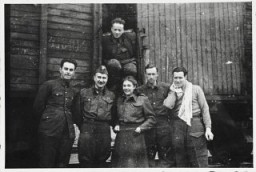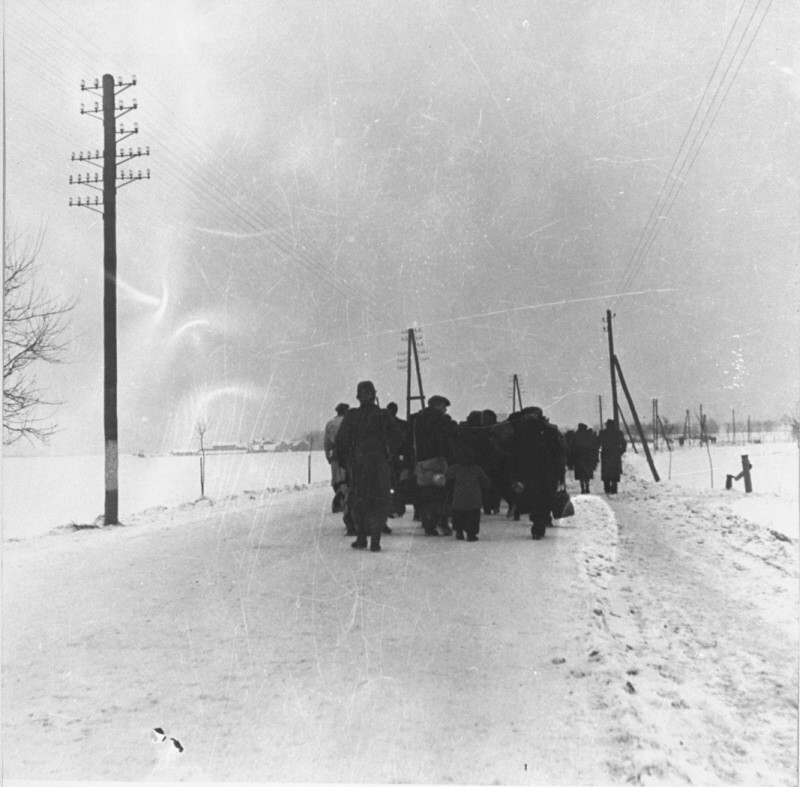
Article
Browse an alphabetical list of articles about the Holocaust and World War II. Learn more about topics such as the Nazi rise to power, how and why the Holocaust happened, life in Nazi camps and ghettos, and the postwar trials.
<< Previous | Displaying results 1-22 of 36 for "Article" | Next >>
-
Paragraph 175 and the Nazi Campaign against Homosexuality
ArticleParagraph 175 was a German statute that criminalized sexual relations between men. The Nazis revised Paragraph 175 in 1935 to make it broader and harsher.
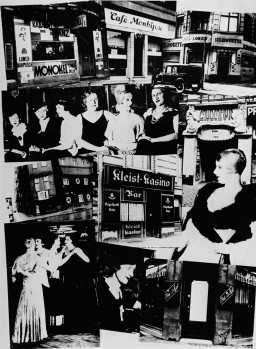
-
Paris
ArticleNazi Germany invaded Paris in May, 1940. Learn more about Paris during World War II and the fate of the Jewish population.
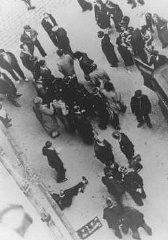
-
Partisan Groups in the Parczew Forests
ArticleArmed Jewish resistance began in Poland in 1942. Learn more about partisan activity in the Parczew forests during World War II.
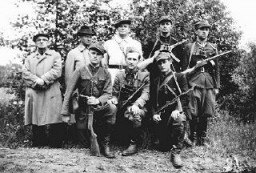
-
Paul Klee
ArticlePaul Klee was a German-Swiss painter and graphic artist who taught at the Bauhaus. His art was targeted in the Nazi book burnings and “Degenerate Art” exhibition.
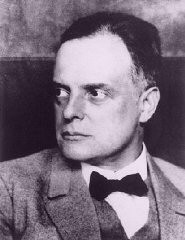
-
Paul von Hindenburg
ArticlePaul von Hindenburg was President of the Weimar Republic from 1925 until his death in 1934. Learn more about his life and role in the Nazi rise to power.
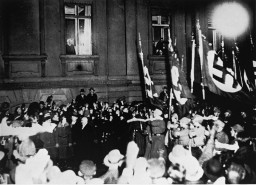
-
Pearl Harbor
ArticleJapan’s aerial attack on Pearl Harbor changed many Americans' attitudes toward involvement in WWII. Learn more about the events, facts, and background info.
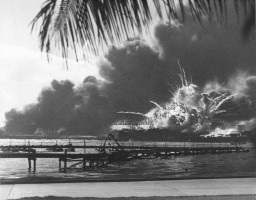
-
Perpetrators
ArticleThe “Final Solution” was perpetrated by the SS along with other Nazi institutions and professionals. Learn more about key perpetrators of the Holocaust.
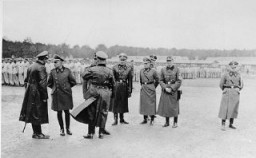
-
Gay Men under the Nazi Regime
ArticleThe Nazi regime carried out a campaign against male homosexuality and persecuted gay men between 1933 and 1945.
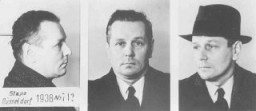
-
Persecution of Roma (Gypsies) in Prewar Germany, 1933–1939
ArticleBeginning in 1933, the Nazis persecuted Roma (often pejoratively called “Gypsies”) based on underlying prejudices and racism. Learn how this harassment escalated to genocide.
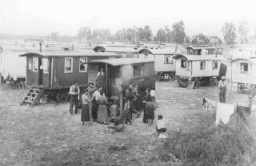
-
Personal Stories: Jewish Partisans
ArticleBrowse a series of short biographies from the Jewish Partisan Educational Foundation.
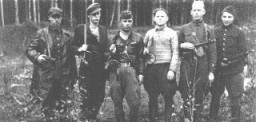
-
Peter Bergson
ArticleLearn more about American Zionist and activist Peter H. Bergson (born Hillel Kook).
-
Plaszow
ArticleThe Płaszów camp was established in Krakow, Poland, in 1942. Learn more about the camp during the war, including Oskar Schindler’s involvement.
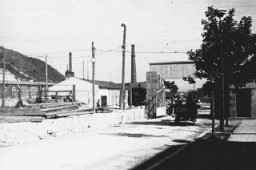
-
Plight of Jewish Children
ArticleDuring the Holocaust, some children went into hiding to escape Nazi persecution. They faced constant fear, dilemmas, and danger.
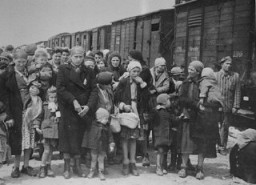
-
Pogroms
ArticleThe term “pogrom” historically refers to violent attacks on Jews by local non-Jewish populations. Learn about pogroms before, during, and after the Holocaust.
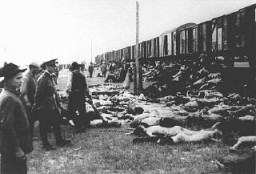
-
Poking Pine City Displaced Persons Camp
ArticleAfter WWII, many Holocaust survivors, unable to return to their homes, lived in displaced persons camps in Germany, Austria, and Italy. Read about Poking Pine City DP camp.
-
Poland in 1945
ArticleAt the Yalta and Potsdam conferences, Allied leaders negotiated terms for the end of WWII in Europe. This included establishing Poland’s new postwar borders. Learn more.
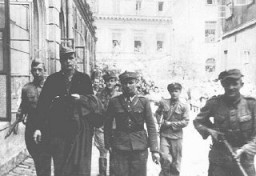
-
The Police in the Weimar Republic
ArticleThe Weimar Republic existed in Germany from 1918-1933. Learn more about German police during that time.
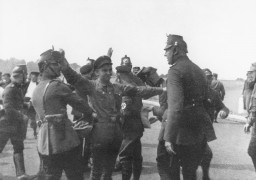
-
Polish Jewish Refugees in Lithuania, 1939–40
ArticleLearn more about Polish Jewish refugees that relocated to Lithuania between 1939-1940.
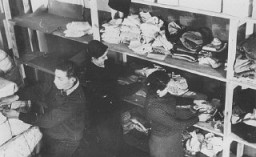
-
Polish Jewish Refugees in Lithuania: Unexpected Rescue, 1940–41
ArticleLearn more about the efforts of L.P.J. de Decker, Jan Zwartendijk, and Chiune Sugihara to help Polish Jewish refugees escape Lithuania during the war.
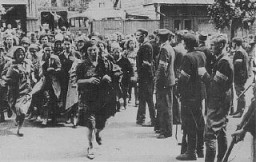
-
Polish Jewish Refugees in the Shanghai Ghetto, 1941–1945
ArticleDuring WWII, a few thousand Polish Jewish refugees lived in Japan. Learn more about the wartime relocation into and the conditions of the Shanghai ghetto.
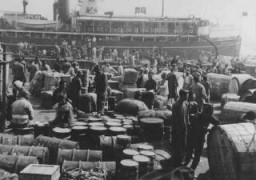
-
Polish Jews in Lithuania: Escape to Japan
ArticleAfter 1940, Polish refugees were pressured to leave Lithuania. Learn more about the diplomats that assisted them and their journey to Japan.
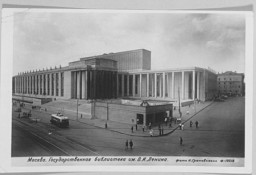
-
Polish Refugees in Iran during World War II
ArticleBetween 1942-1945, over 116,000 Polish refugees immigrated to Iran. Learn more about their motivations to relocate and life in Iran during the war.
